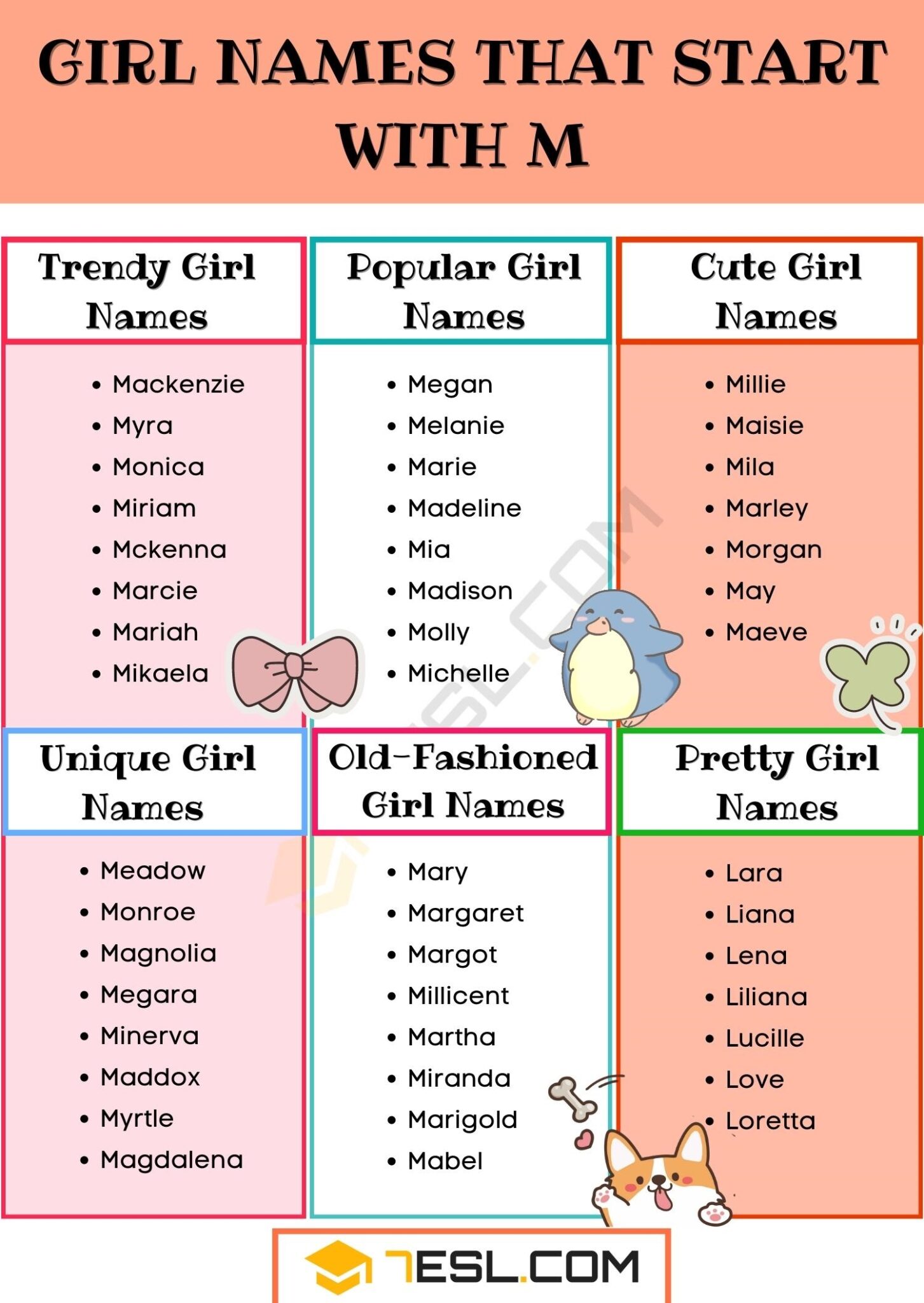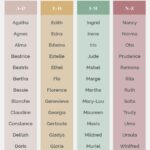Flowers That Start With E
1. Eucalyptus
2. Easter lily
3. English daisy
4. Evening primrose
5. Evergreen magnolia
6. Easter cactus
7. Edelweiss
8. Elderberry flowers
9. Eastern red columbine
10. Evening trumpetflower
11. Egyptian star cluster
12. Erigeron
13. Euryops
14. European barberry
15. Evening snow
16. Elegant yellow lady’s slipper
17. Euonymus alatus
18. Elaeagnus pungens
19. Erodium macradenum
20. Epimedium
21. Echinacea
22. Eskimo primrose
23. Elaeagnus umbellata
24. Eschscholzia californica
25. Episcia cupreata
26. Encyclia cochleata
27. Emperor’s crown
28. Eustoma grandiflorum
29. Eriobotrya japonica
30. Episcia reptans
More About
Welcome to our blog, where we explore the enchanting world of flowers that start with the letter ‘E’. Known for their beauty, fragrance, and variety, these blossoms are sure to capture your imagination. In this article, we will delve into a stunning array of flowers, each with its own unique characteristics and allure.
As we wander through this floral landscape, we will encounter ‘Eustoma’, also known as Lisianthus. With its delicate, ruffled petals and vibrant colors, Eustoma is often considered a symbol of appreciation and admiration. This exquisite flower is a delightful addition to any garden or floral arrangement, captivating all who behold its grace and charm.
Moving forward, we will discover the fascinating world of ‘Euphorbia’. This diverse genus consists of over 2,000 species, each displaying its own peculiar beauty. With some varieties showcasing vibrant hues of red, orange, and yellow, while others display subtler shades of green and white, Euphorbia offers endless possibilities for imaginative garden designs. Its adaptability and resilience make it a favorite among gardeners, providing year-round interest and visual delight.
Next, we encounter the ‘Echinacea’, commonly known as coneflower. This striking flower stands tall with its vibrant, daisy-like petals encircling a prominent cone-shaped center. With its wide range of colors, from shades of pink and purple to sunny yellows, Echinacea adds a burst of vitality to any landscape, attracting butterflies and bees with its sweet nectar. In addition to its ornamental value, Echinacea is renowned for its medicinal properties, believed to support the immune system and promote overall health.
Our journey takes us to the majestic ‘Eremurus’, more commonly referred to as Foxtail Lily or Desert Candle. This remarkable flower produces tall, vertical spikes adorned with dozens of star-shaped blooms, creating a dramatic display that demands attention. Originating from arid regions, Eremurus thrives in dry, sandy soils and is a symbol of resilience and endurance. Its towering presence adds a touch of grandeur to any garden, making it a favored choice among landscape architects seeking to create breathtaking visual spectacles.
Continuing our exploration, we stumble upon ‘Epiphyllum’, a unique genus of epiphytic cacti renowned for its stunning night-blooming flowers. With their large, intricate petals unfurling under the moonlight, Epiphyllums captivate with their beauty and ephemeral nature. These nocturnal blooms emit a delicate fragrance, attracting pollinators such as moths and bats. Epiphyllums thrive in subtropical regions and are best appreciated as houseplants or in shaded outdoor spaces.
Last but certainly not least, we come across the charming ‘Echium’. Known for its vibrant, cone-shaped flower clusters and fuzzy leaves, Echium adds a touch of whimsy to any garden. The blossoms range in color from shades of blue and purple to fiery reds and pinks, creating a visually stunning spectacle that beckons pollinators. This hardy flower is not only adored by humans but also serves as a vital food source for bees and butterflies, contributing to the preservation of these important pollinators.
In conclusion, the world of flowers that start with ‘E’ offers a captivating display of nature’s artistry. From the elegant Lisianthus and diverse Euphorbia to the vibrant Echinacea and towering Eremurus, each flower has a story to tell and a beauty to behold. Whether you are a passionate gardener, a nature enthusiast, or simply seeking to add a touch of natural splendor to your surroundings, these flowers are sure to inspire and delight. Join us as we delve deeper into the realm of these enchanting blooms, indulging in their vibrant colors, delicate fragrances, and remarkable forms.
FAQs:
FAQ: Flowers That Start with E
1. Q: Can you suggest some flowers starting with the letter “E”?
A: Certainly! Some examples of flowers that begin with “E” include Easter lily, English rose, echinacea, evening primrose, and eucalyptus.
2. Q: Is the Easter lily a true lily?
A: Yes, the Easter lily (Lilium longiflorum) is indeed a true lily that is often associated with the Easter season due to its pure-white, trumpet-shaped blooms.
3. Q: What are some characteristics of English roses?
A: English roses, a group of hybrid roses developed by David Austin, are known for their unique combination of old-fashioned, fragrant blooms and modern repeat-blooming characteristics.
4. Q: Is echinacea a popular flower?
A: Yes, echinacea, also known as coneflower, is quite popular for its vibrant daisy-like blossoms and potential medicinal properties.
5. Q: Can evening primrose be grown in various climates?
A: Absolutely! Evening primrose (Oenothera) is an adaptable perennial that can thrive in a wide range of climates, making it a popular choice among gardeners.
6. Q: Does eucalyptus produce flowers?
A: Yes, eucalyptus trees do produce flowers, although they are often inconspicuous and not the main attraction. Their prominent feature is usually the aromatic foliage.
7. Q: Are there any endangered flowers that start with “E”?
A: Yes, one example is the endangered endemic Everlasting Daisy (Helichrysum crassifolium) found in Australia’s Kangaroo Island.
8. Q: Can echinacea be used medicinally?
A: Echinacea has been traditionally used for its potential immune-stimulating properties, although scientific evidence supporting its effectiveness varies.
9. Q: Are there any other flowers besides these that start with “E”?
A: Yes, there are other flowers that start with “E,” such as edelweiss, euonymus, or eryngium (also known as Sea Holly).
10. Q: Where can I purchase these flowers that start with “E”?
A: These flowers can generally be found at local nurseries, garden centers, or online shops that specialize in various plant species.













